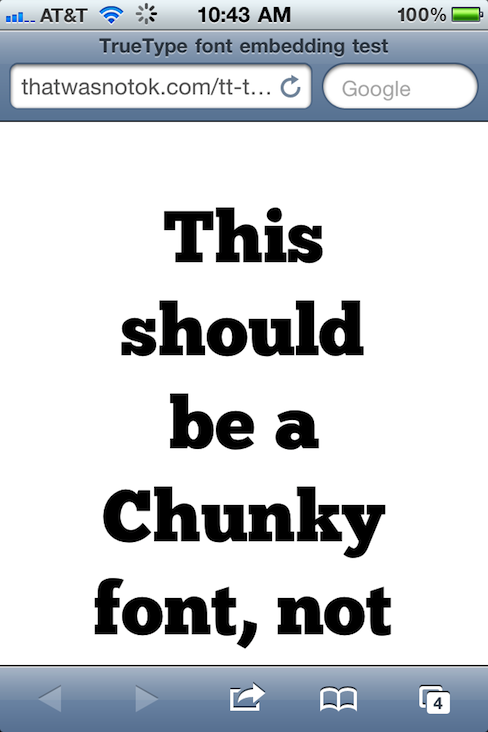
TUESDAY, 3 APRIL 2012, was Day II of An Event Apart Seattle, a sold-out, three-day event for people who make websites. If you couldn’t be among us, never fear. The amazing Luke Wroblewski (who leads a day-long seminar on mobile web design today) took excellent notes throughout the day, and shares them herewith:
The (CSS) Future is Now – Eric Meyer
In his The Future is Now talk at An Event Apart in Seattle, WA 2012 Eric Meyer talked about some of the visual effects we can achieve with CSS today. Create shiny new visual elements with no images using progressive enhancement and CSS that is available in all modern browsers.
A Philosophy of Restraint
– Simon Collison
In his A Philosophy of Restraint talk at An Event Apart in Seattle, WA 2012 Simon Collison outlined his design philosophy and how he applies it to web projects. Embrace constraints; simplicity and complexity; design aesthetic; design systems as foundations that prepare us for future projects and complexity; affordances and type; focus and content; audit and pause — prevent catastrophic failures and shine a new light on what you’ve learned with each project.
Touch Events – Peter-Paul Koch (PPK)
In his Touch Events talk at An Event Apart in Seattle, WA 2012 Peter-Paul Koch talked about touch support in mobile browsers and how to handle touch events in web development. Includes a ranking of current mobile browsers; interaction modes in mobile versus desktop (mouse) and keyboard — how do we adjust scripts to work with touch?; touch events; supporting modes; event cascade; and “stick with click.”
Mobile to the Future – Luke Wroblewski
Alas, Luke could not take notes on his own presentation. Here’s what it was about: When something new comes along, it’s common for us to react with what we already know. Radio programming on TV, print design on web pages, and now web page design on mobile devices. But every medium ultimately needs unique thinking and design to reach its true potential. Through an in-depth look at several common web interactions, Luke outlined how to adapt existing desktop design solutions for mobile devices and how to use mobile to expand what’s possible across all devices.Instead of thinking about how to reformat your websites to fit mobile screens, attendees learned to see mobile as way to rethink the future of the web.
What’s Your Problem? – Whitney Hess
In her What’s Your Problem? Putting Purpose Back into Your Projects talk at An Event Apart in Seattle, WA 2012 Whitney Hess outlined the value of learning about opportunities directly from customers. Understand the problem before designing the solution. Ask why before you figure out how. There is no universal solution for all our projects, we need to determine which practices are “best” through our understanding of problems. Our reliance on best practices is creating a world of uniform websites that solve no one’s problem. Leave the desk and interact with people. Rather than the problem solver, be the person who can see the problem.
Properties of Intuitive Pages
– Jared Spool
At An Event Apart in Seattle WA 2012, Jared Spool walked through what makes a design intuitive, why some users need different treatment, and the role of design. Current versus acquired knowledge and how to bridge the gap (how to train users, thus making your site or app “intuitive”). Redesigns and how to avoid disaster. Design skills. The gap between current knowledge and target knowledge is where design happens. Why intuitive design is only possible in small, short iterations.
Day III begins in 90 minutes. See some of you there.
Photos: AEA Seattle Flickr pool or hashtags #aea and #aeasea on Instagram.









